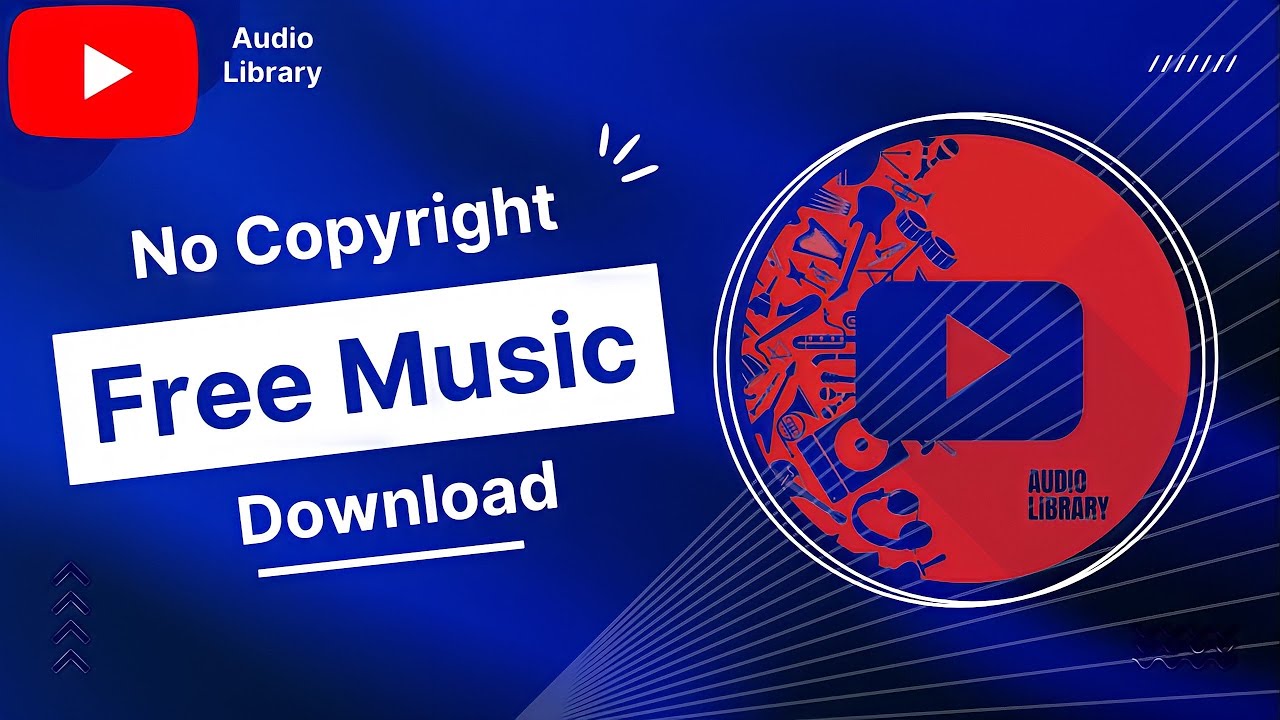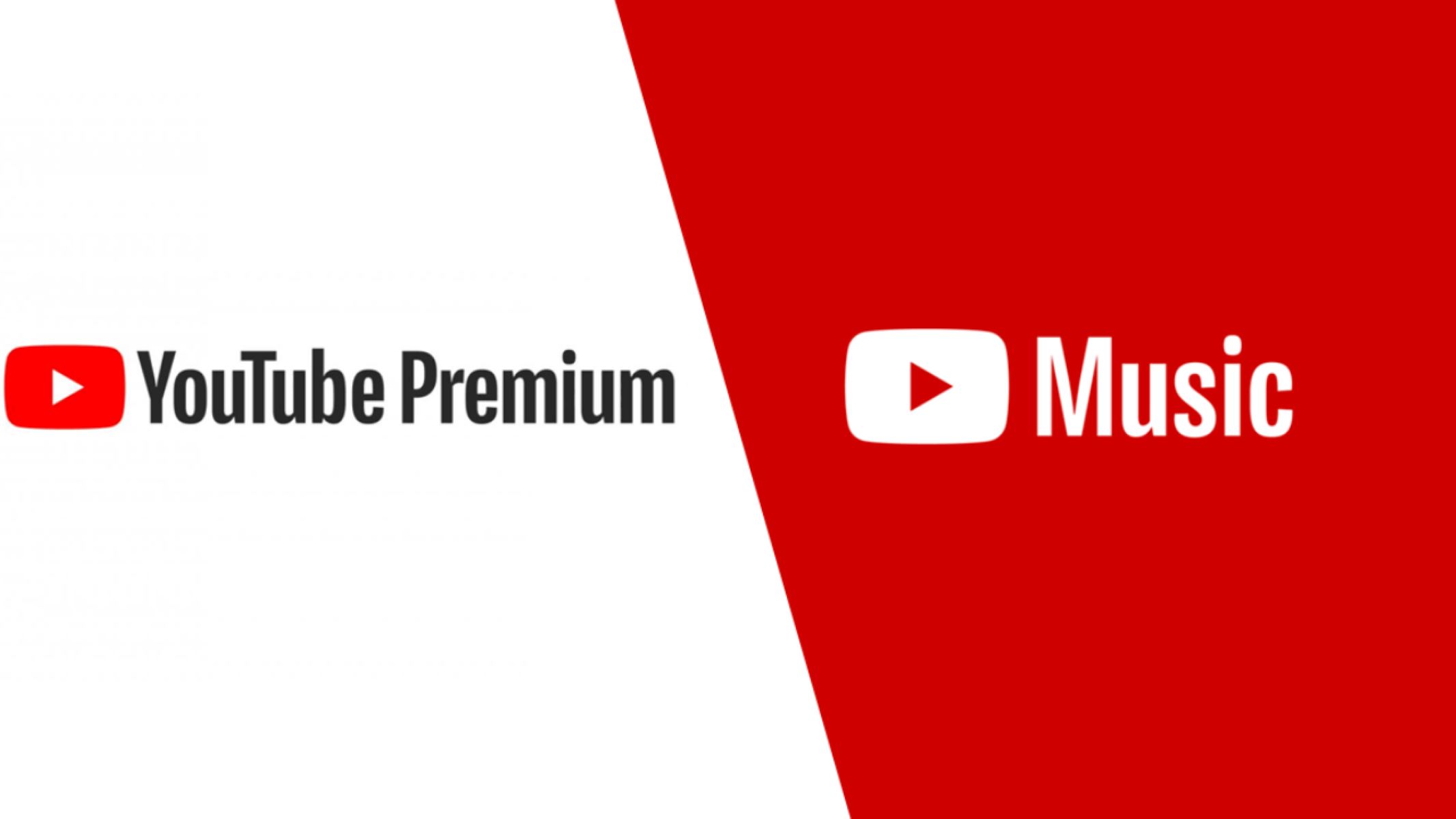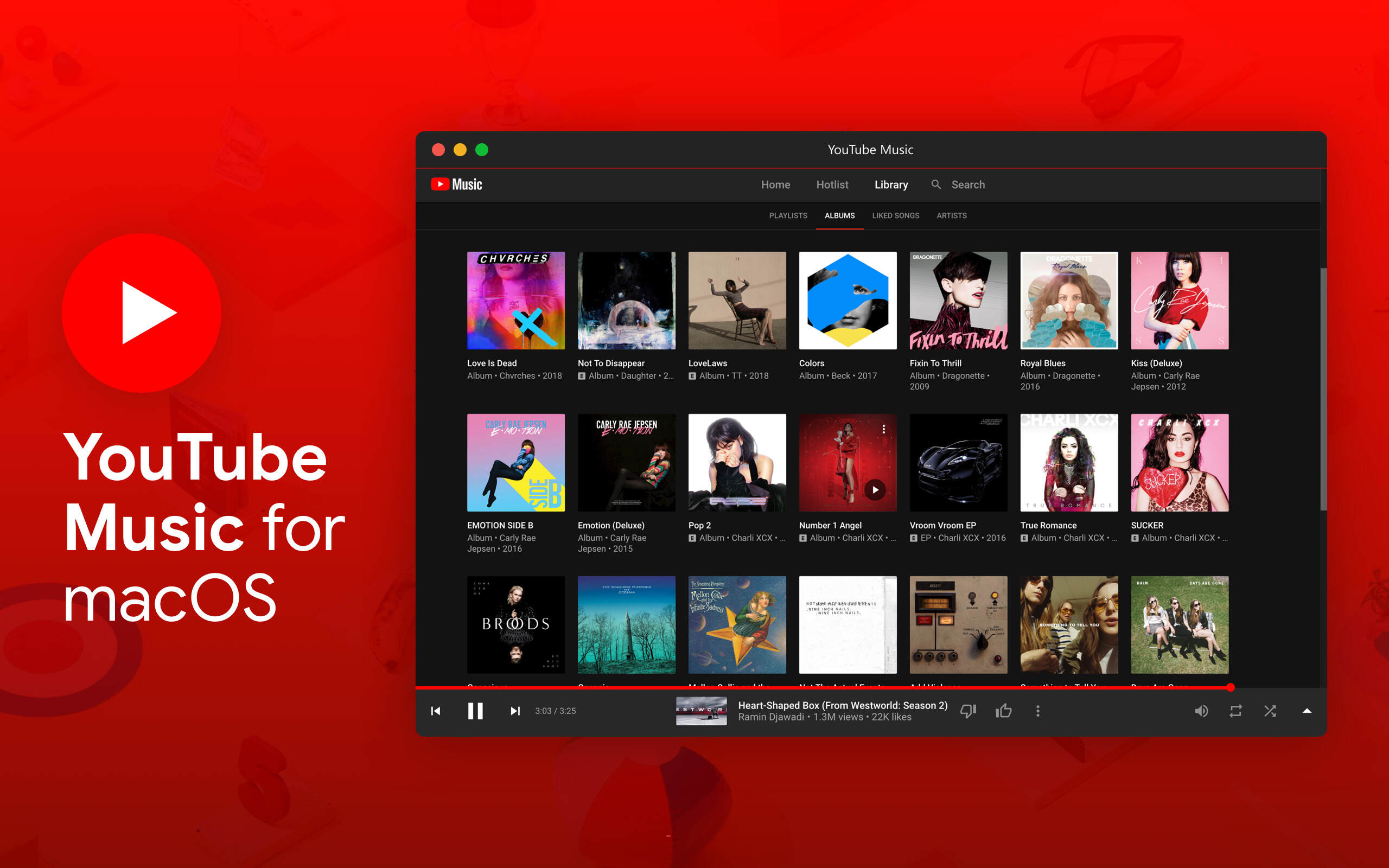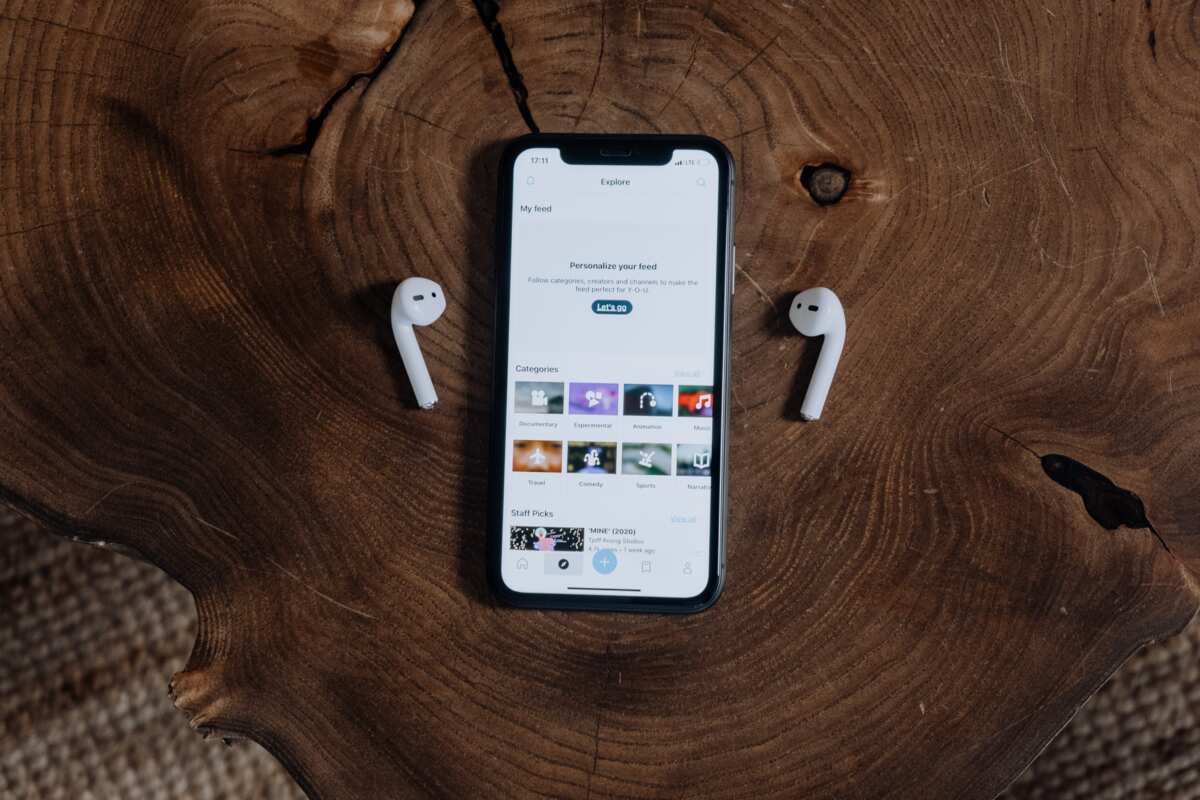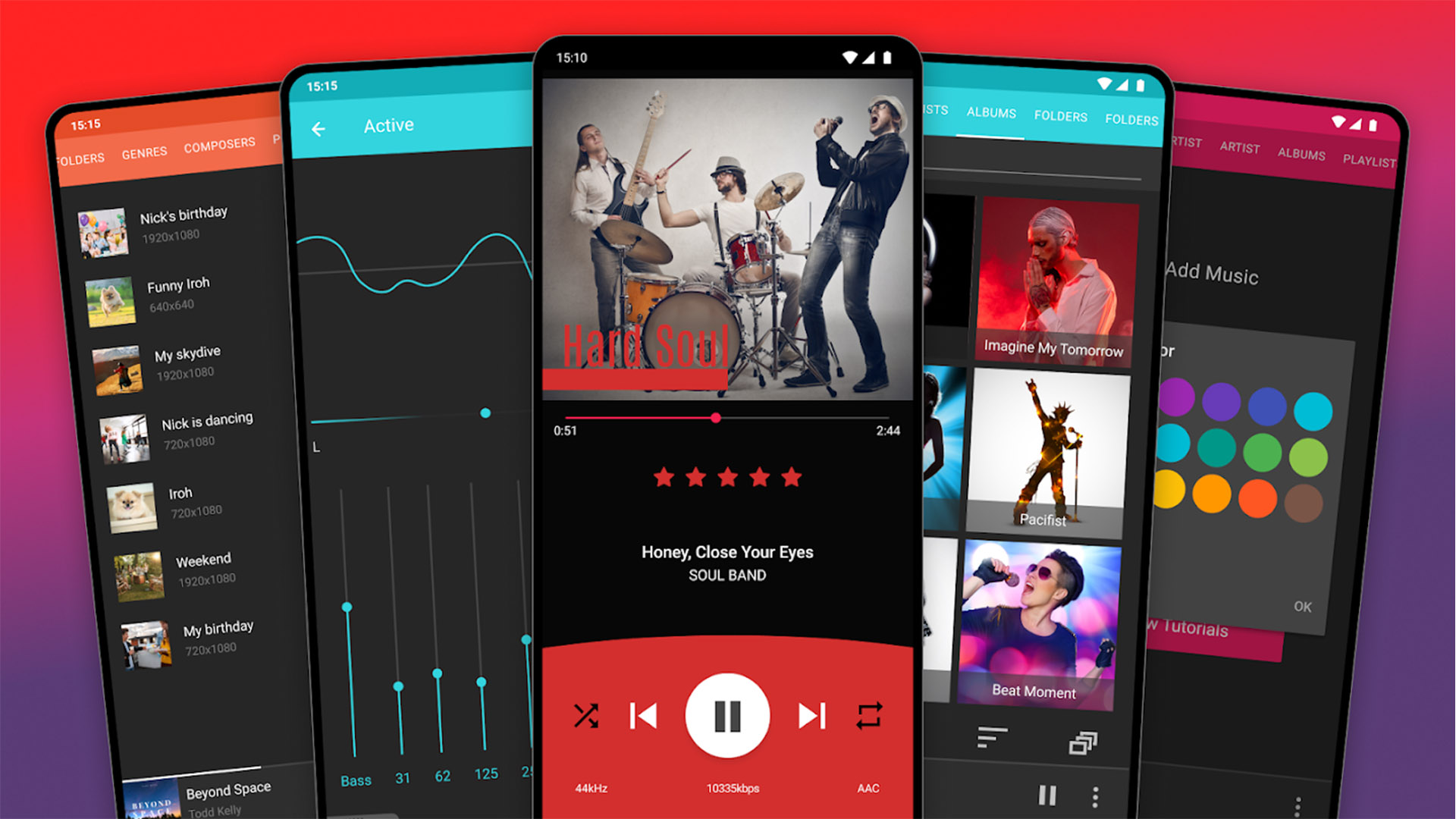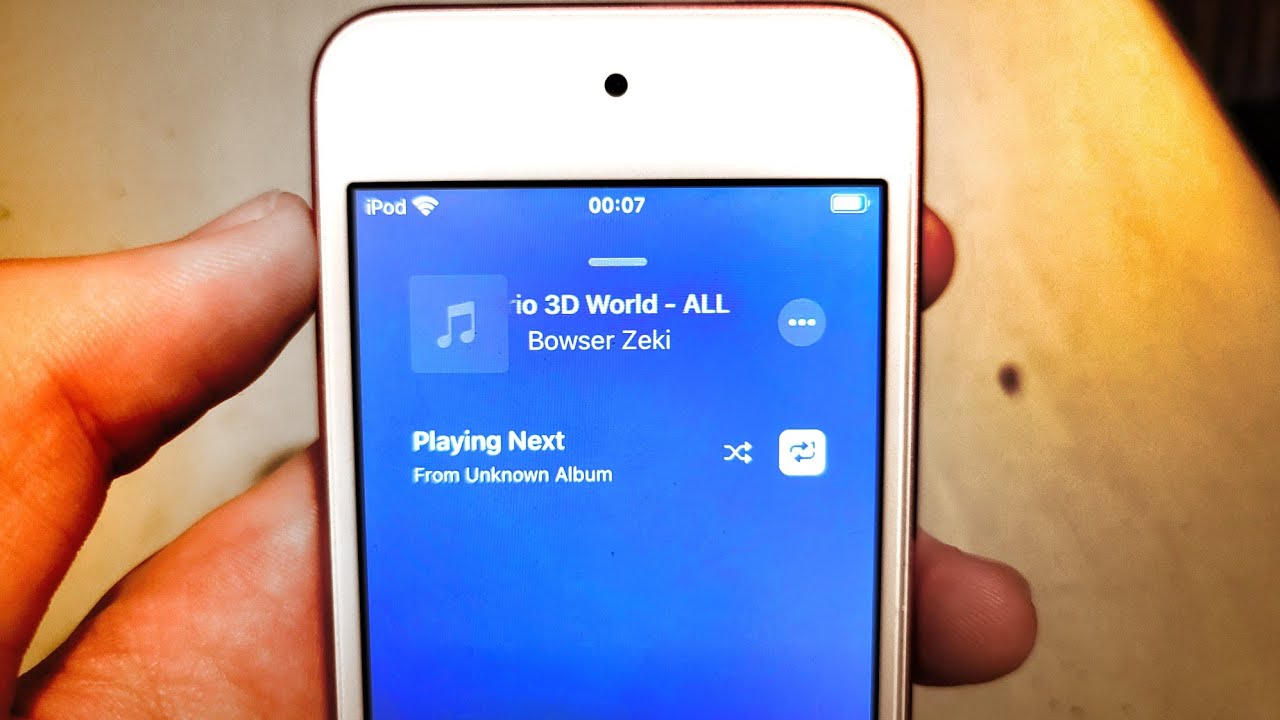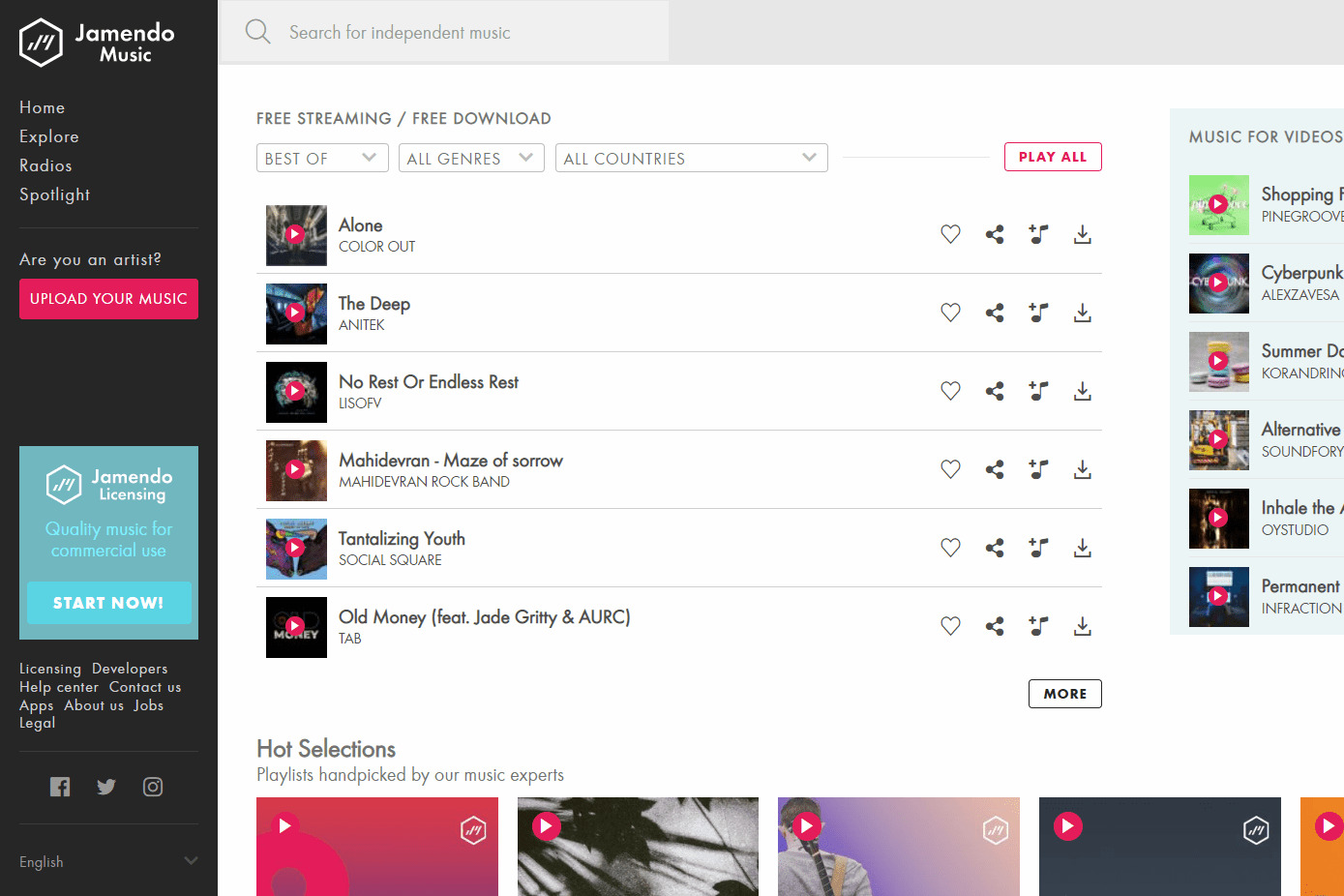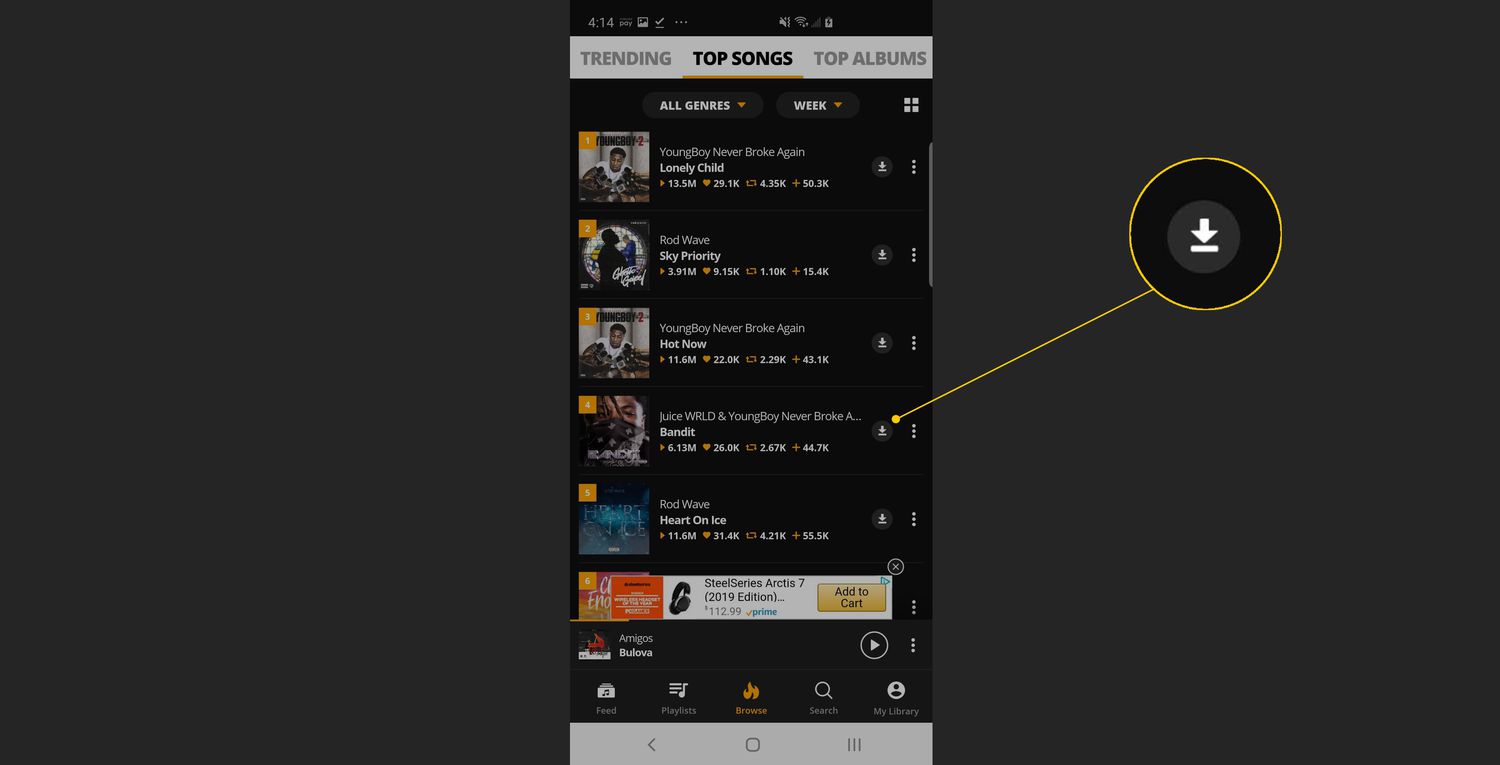Introduction
Welcome to the world of YouTube, a vast repository of videos that cater to various interests and passions. But did you know that YouTube also offers a treasure trove of free music? That’s right! The YouTube Audio Library provides a wide range of high-quality and royalty-free music tracks that you can download and use in your own projects.
Whether you’re a content creator, a student working on a multimedia presentation, or simply someone who enjoys listening to music, the YouTube Audio Library is a remarkable resource that shouldn’t be overlooked. In this guide, we will walk you through the process of accessing the YouTube Audio Library, selecting and downloading music, managing your downloads, and using the tracks in a legal and responsible manner.
With the YouTube Audio Library, you’ll have access to a vast selection of music in a variety of genres, including classical, electronic, hip-hop, rock, and more. Each track is carefully curated and offered to users free of charge. Whether you need background music for your podcast, an upbeat track for your travel vlog, or a soothing melody for your meditation app, the YouTube Audio Library has got you covered.
Now, you might be wondering why YouTube provides this vast library of music for free. The answer lies in YouTube’s commitment to supporting the creative community and promoting a fair and accessible platform for everyone. By offering free music, YouTube aims to empower creators and users alike to elevate their content and enhance their projects without worrying about copyright issues.
So, whether you’re a beginner or a seasoned professional, let’s embark on this journey together and learn how to make the most of the YouTube Audio Library. In the following steps, we’ll guide you through the process of accessing, selecting, downloading, organizing, and responsibly using the music tracks. Are you ready? Let’s dive in!
Step 1: Accessing the YouTube Audio Library
To begin our journey into the wonderful world of free music, the first step is to access the YouTube Audio Library. Here’s how you can do it:
- Open your preferred web browser and navigate to the YouTube website. If you don’t already have an account, you will need to create one. It’s a simple process that involves providing some basic information and agreeing to the terms of service.
- Once you’re logged in, click on your profile picture at the top right corner of the screen. A drop-down menu will appear with various options. Select “YouTube Studio” from the list.
- In the YouTube Studio dashboard, locate and click on the “Audio Library” tab in the left sidebar. This will take you to the YouTube Audio Library, where you’ll find a wide range of music tracks available for download.
- Now that you’re in the YouTube Audio Library, you’ll notice that the tracks are organized into different categories such as genre, mood, instrument, duration, and attribution. Use these categories to narrow down your search and find the perfect track for your project.
- If you have a specific track in mind, you can use the search bar at the top of the page to quickly find it. Simply enter the name or keywords associated with the desired track, and the library will display the relevant results.
Getting access to the YouTube Audio Library is a breeze, and it opens up a world of possibilities for enhancing your projects with captivating and royalty-free music. Now that we know how to access the library, let’s move on to the next step: browsing and selecting music tracks that align with your project’s needs.
Step 2: Browsing and Selecting Music Tracks
Now that you’re in the YouTube Audio Library, it’s time to embark on a musical adventure and browse through the vast collection of tracks. Here’s how you can browse and select the perfect music track for your project:
- Explore the Categories: The YouTube Audio Library offers a variety of categories to help you navigate through the extensive music collection. You can choose to browse tracks by genre, mood, instrument, duration, and attribution. Clicking on any of these categories will display a list of tracks that match your selection, making it easier to find the type of music you’re looking for.
- Apply Filters: Additionally, you can use filters to refine your search results further. These filters allow you to sort tracks based on popularity, release date, and more. Apply the filters that align with your preferences to discover the perfect soundtrack for your project.
- Preview the Tracks: As you browse through the available tracks, you’ll notice a play button next to each one. Clicking on this button will allow you to preview the track and get a feel for its style, tempo, and overall vibe. This feature is incredibly useful as it helps you assess whether the track matches your project’s requirements before you decide to download it.
- Select the Track: Once you’ve found a track that resonates with your project, it’s time to make your selection. Click on the track to open its details page. Here, you’ll find information about the track’s duration, artist, and attribution requirements. Make sure to review this information and ensure that the track meets your needs and aligns with the licensing requirements of your project.
- Download the Track: On the track’s details page, you’ll find a download button. Click on it to initiate the download process. The track will be downloaded to your device, ready to be added to your project.
Browsing and selecting the right music track from the YouTube Audio Library is an exciting and creative process. Take your time to explore the various categories, apply filters, and preview the tracks until you find the perfect match. Once you’ve made your selection, it’s time to move on to the next step: downloading the music track and preparing it for use in your project.
Step 3: Downloading Music from the YouTube Audio Library
Now that you’ve selected the perfect music track from the YouTube Audio Library, it’s time to download it and start incorporating it into your project. Here’s how you can easily download music from the library:
- On the track’s details page, click on the download button. The track will be downloaded to your device in a compatible audio format, such as MP3.
- Choose a Download Quality: You may have the option to select the quality of the downloaded track. Higher quality audio files generally provide better sound, but they may also have a larger file size. Consider your project’s requirements and the available space on your device when choosing the download quality.
- Organize Your Downloads: It’s a good practice to create a dedicated folder on your device where you can store all the downloaded music from the YouTube Audio Library. This will make it easier to locate and manage your tracks in the future.
- Keep Track of Attribution Requirements: Some tracks in the YouTube Audio Library may have specific attribution requirements. This means that you need to give proper credit to the artist in your project. Make sure to read the track’s details page and follow any specified guidelines for attribution if required.
- Backup Your Downloads: It’s always a good idea to create regular backups of your downloaded music. This ensures that you have a copy of the tracks in case of any unexpected data loss or device issues.
Downloading music from the YouTube Audio Library is a straightforward process that allows you to easily obtain high-quality royalty-free music for your projects. By following these steps, you’ll have your desired track downloaded and ready to be incorporated into your project in no time.
Now that you’ve successfully downloaded the music, it’s time to move on to the next step: organizing and managing your downloaded tracks so that you can efficiently access them whenever needed.
Step 4: Organizing and Managing Downloaded Music
After downloading music from the YouTube Audio Library, it’s crucial to organize and manage your tracks efficiently. This ensures easy access and seamless integration into your projects. Here are some tips to help you stay organized:
- Create Project-specific Folders: To keep your downloaded music organized, consider creating folders for each of your projects. This way, you can easily locate and retrieve the tracks you need for a particular project without having to search through a cluttered library.
- Naming Conventions: Use descriptive and consistent naming conventions for your downloaded music files. Include relevant details such as track name, artist, and project name within the file name itself. This will make it easier to identify the track and its purpose at a glance.
- Add Metadata: Take advantage of your device’s metadata editing capabilities to add relevant information to your music files. This includes details such as track title, artist name, album name, and genre. Adding metadata ensures that your tracks are properly organized within music player applications and allows for better searchability.
- Backup Your Music Library: Regularly back up your downloaded music files to prevent any potential loss or accidental deletion. This can be done by creating a backup on an external hard drive, cloud storage, or another device. Having a backup ensures that your music is protected and can be easily restored if needed.
- Delete Unused Tracks: As your music library grows, it’s important to periodically review and delete any tracks that are no longer needed or used. This helps keep your library streamlined and prevents it from becoming cluttered with unnecessary files.
By implementing these organizational strategies, you can effectively manage and access your downloaded music library. This ensures that you have full control over your tracks and can seamlessly integrate them into your projects whenever needed.
With your downloaded music tracks organized and managed, it’s time to learn how to use them legally and responsibly. Let’s move on to the next step.
Step 5: Using YouTube Audio Tracks Legally and Responsibly
Now that you have downloaded music from the YouTube Audio Library and have organized your tracks, it’s important to understand how to use them legally and responsibly. Here are some guidelines to follow:
- Read and Follow the Licensing Terms: Each music track in the YouTube Audio Library may have specific licensing terms that you need to adhere to. Take the time to read and understand these terms, including any attribution requirements, restrictions on commercial use, or limitations on modifying the track.
- Properly Attribute the Artist: If a track requires attribution, make sure to give proper credit to the artist in your project. This usually involves including the artist’s name, track title, and a link to the track in the video description or the credits of other media. Providing proper attribution not only acknowledges the artist’s work but also ensures compliance with the licensing terms.
- Follow Copyright Guidelines: While the YouTube Audio Library provides royalty-free music, it’s important to remember that other copyrighted material may be present in your projects, such as visuals, lyrics, or samples used within the music tracks. Make sure to obtain proper permissions or licenses for any copyrighted material used to avoid infringement.
- Respect the Intent of the Artist: Some music tracks may have specific usage guidelines set by the artist. It’s important to respect these guidelines and use the tracks as intended by the artist. This may include avoiding modifications or alterations to the track that can alter the original artistic vision.
- Monitor Usage Restrictions: Keep in mind that the licensing terms for music in the YouTube Audio Library may change over time. It’s essential to periodically review and ensure that your usage of the tracks still complies with the latest terms and conditions.
By following these guidelines, you can use the music tracks from the YouTube Audio Library legally and responsibly. Properly attributing the artists, adhering to licensing terms, and respecting copyright guidelines demonstrate your professionalism and commitment to ethical use of the provided resources.
Now that you are equipped with the knowledge of how to use YouTube audio tracks legally and responsibly, you can confidently incorporate them into your projects while respecting the rights of the artists.
Conclusion
The YouTube Audio Library is a remarkable resource for accessing a vast collection of high-quality and royalty-free music tracks. In this guide, we’ve walked you through the process of accessing the library, browsing and selecting music tracks, downloading them, organizing your downloads, and using the tracks legally and responsibly.
By following the steps outlined in this guide, you can enhance your projects with captivating and professionally curated music without the worry of copyright infringement. The YouTube Audio Library empowers creators and users alike, providing a platform for creative expression while respecting the rights of artists.
Remember to follow the licensing terms and attribution requirements for each track, ensuring that you give proper credit to the artists involved. Additionally, stay informed about any changes in the licensing terms and review your usage accordingly to maintain compliance.
Whether you’re a content creator, student, or simply someone who enjoys listening to music, the YouTube Audio Library offers an incredible range of tracks to suit your needs. Take advantage of this resource and elevate your projects with the power of music.
Now it’s time for you to dive into the YouTube Audio Library, explore the different genres, moods, and instruments, and select the perfect music track for your next project. Get creative, add that special touch, and make your projects stand out with the amazing selection of royalty-free music available at your fingertips.
Happy creating!







